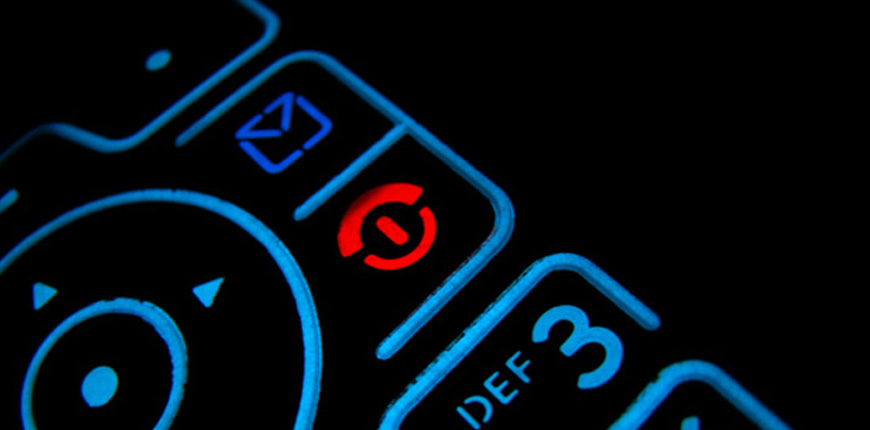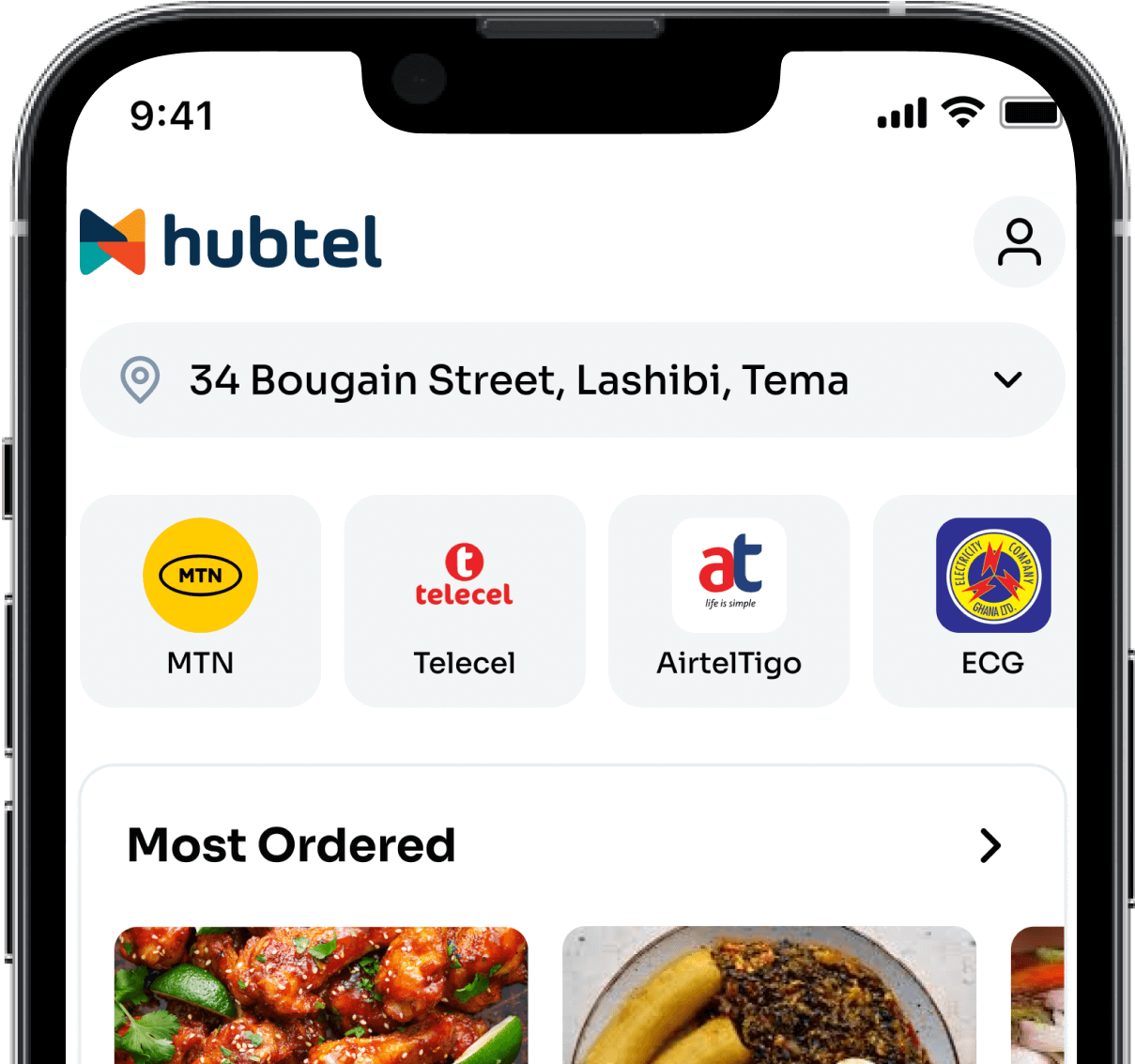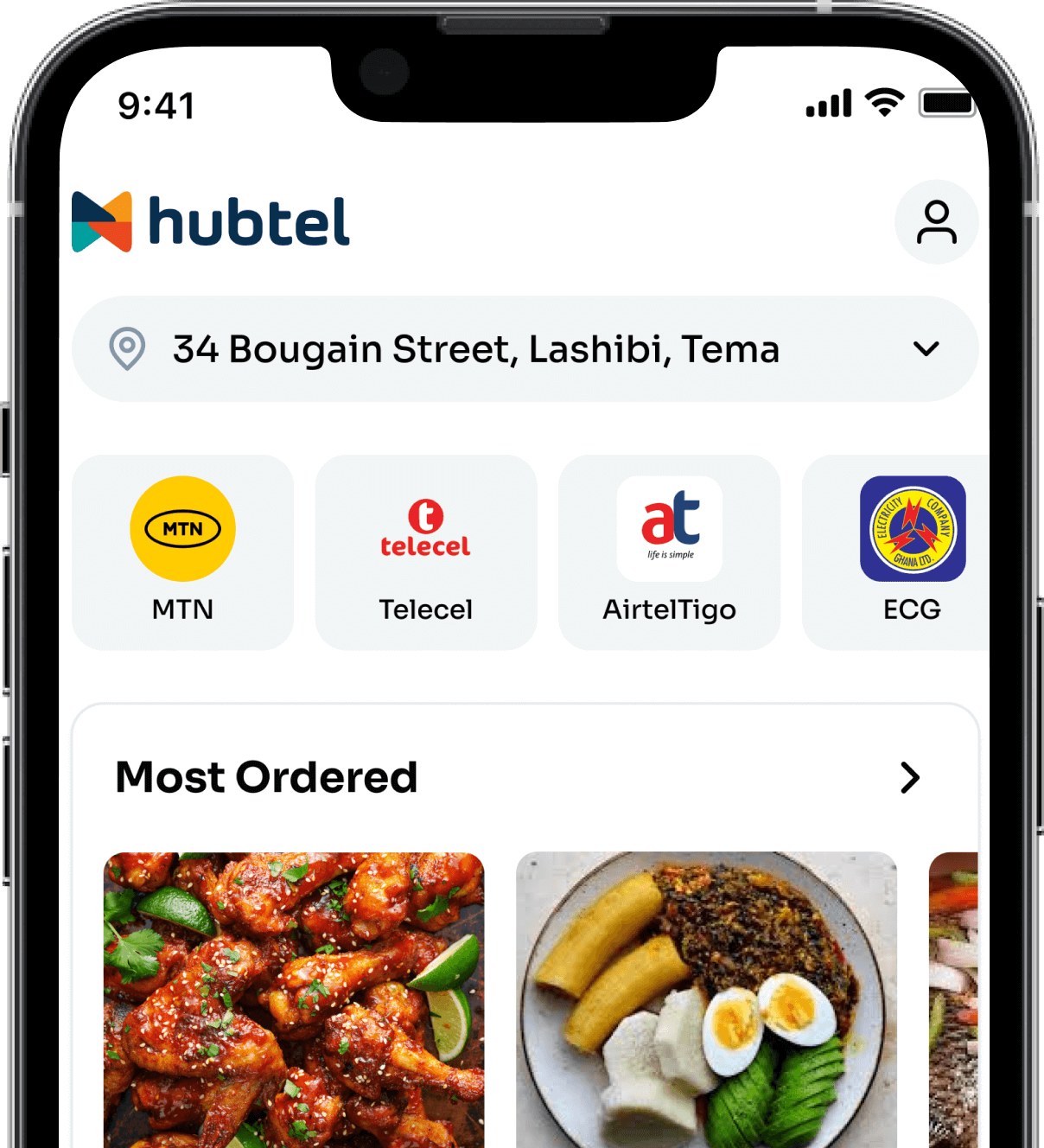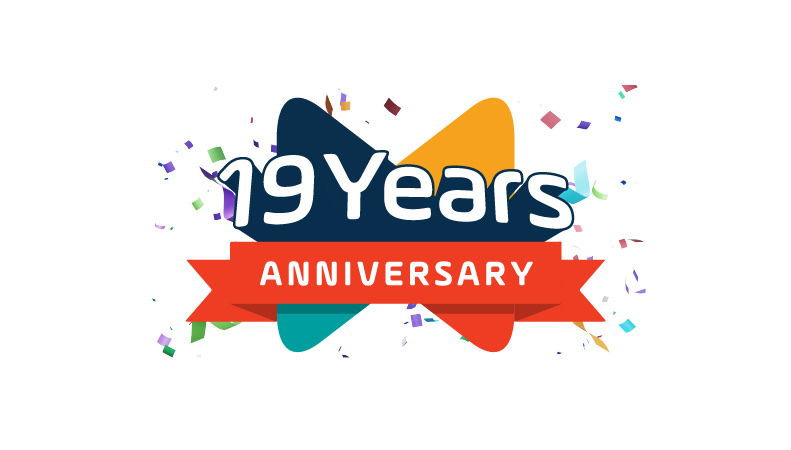
What You Need To Know To Run A Successful SMS Marketing Campaign
February 4, 2016 | 10 minutes read
If you haven’t started looking for ways to add Short Messaging Services to your marketing mix, now is the time.
Yes, I know apps are the craze these days but we’re still at about 15% smartphone penetration in Ghana.
That means there may still be a lot of your customers that don’t have smartphones. Also, just because they have a smartphone doesn’t mean they use it for all that it’s capable of. Just ask my dad—he has the latest and greatest of phones at all times and all I get from him are texts with photos of my niece.
One of the greatest things about SMS is that nearly 100% of all devices on the market are SMS enabled, making it the mobile channel that offers the widest reach possible.
Some of the top brands invest heavily in SMS today to communicate with customers because over 90% of SMS messages are read within 3 minutes of receipt.
Yes, that immediate!
In fact, it’s been reported that Coca-Cola historically has invested 70% of its mobile budget in SMS marketing.
When asked why, Tom Daily, the Director of Mobile, Search, and Global Connections replied, “It is important to invest your energy into things you know work, and we know that SMS works and is a thing to focus on.”
In addition to its reach and immediacy, SMS is very affordable and offers an amazing ROI for marketers when used properly.
If you’re ready to dive into SMS marketing and leverage this amazingly powerful channel it’s important that you’re set up for success and not just using mobile for mobile sake.
- Understand Your Goals
When diving into mobile marketing, it’s common to approach it as its own initiative.
That’s typically the worst direction to take.
Businesses that approach mobile as a silo will almost never get the results they were hoping for or even expected.
Before diving into your execution, it’s wise to review your business and marketing goals so that you’re creating your SMS campaign through a lens that takes your current business goals into account.
Having S.M.A.R.T goals (Specific, Measurable, Achievable, Relevant, and Time Specific) will assure your SMS campaign is executed in a way that meets your objectives.
It’s important to understand that your SMS campaign will likely impact many parts of your organization, so communicating your goals and strategy clearly throughout the organization is critical.
- Build An Ark
Your SMS mobile campaign will impact many departments of your company. Having a cross-functional team to help conceive and operate the SMS programs will be one of the most important parts to winning with SMS.
For example, let’s say you’re building a mobile loyalty list to drive customers to retail.
Having led the mobile efforts for Cabela’s previously, I know very well just how many people this type of effort can impact.
We had a cross-functional team that included members from teams responsible for retail, in-store signage, digital creative, email, IT, social media, promotions, and the discounts budget, as well as two external teams.
Build out your ark and make sure everyone is on the same page when it comes time for execution.
- Clear Call-To-Action
One of the most common reasons SMS campaigns fail is that the call-to-action isn’t presented in a way that the consumer recognizes or understands what to do.
Take this example from Pepsi. They tell consumers to Text “PEPSIMAX” to 710710.
Having been involved in SMS since 2005, I can tell you that a significant amount of people probably texted with quotations around the keyword, which actually doesn’t trigger the campaign.
SMS campaigns are driven by two factors – the keyword and a short code. In this example, PEPSIMAX is the keyword and 710710 is the short code.
It’s common and best practice to capitalize the keyword and shortcode to make them stand out within the call-to-action.
One thing Pepsi is doing really well here is making the SMS call-to-action the focal point of the creative. I’ve found SMS CTA’s in the fine print far too many times.
If you want to drive engagement, give your SMS CTA the priority it deserves.
For instance, JumpFon, a premium content provider employs this catchy creative banner to advertise its Lifestyle content services.
The call-to-action is bold and straightforward, well highlighted by the difference in color to draw emphatic attention to the focus of the banner, which is the Keyword and Shortcode.
This presents the message clearly to users avoiding any ambiguity in the expected action to take to subscribe to the service.
- Leverage Incentives
Let’s not kid ourselves. Our mobile device is one of if not the most personal device we have. The consumers that welcome you into their phone, especially through SMS, should be considered some of your most loyal customers.
With that said, you want to treat your most loyal customers with some extra love, and a great way to do that is to incentivize customers to opt in by giving something of value.
Typically, you’ll see brands doing a percent off or dollar off coupons to save a few bucks.
In the early stages of your SMS campaign, as you’re building your list, starting with a low-value offer (say up to $20 off) can really help drive opt-ins and spark your initial list growth.
Once you’ve got people opted-in, you can leverage “spend and get” campaigns or “Buy One Get One” campaigns (also known as BOGOs).
I personally love “spend and gets” because they can really help you increase your average order value (AOV) while self-funding the campaign (great when your discount budget is super tight).
Let’s look at an example:
Say your AOV is $100.
Sending an SMS message to your database with an offer: “Get $20 when you spend over $150” can be really effective.
A customer will come in and be inclined to spend $50 more than they usually do knowing they’ll get back $20.
For the sake of the example, let’s say they spend $150 exactly.
You’ve just increased your AOV by $50. When you give the customer their $20 voucher, you’re left with a $30 incremental lift for that customer.
Multiply that by the soon-to-be hundreds, if not thousands of people that redeemed your offer, and you just drove some significant revenue with one message.
Now remember, incentives don’t always have to be monetary.
I know a lot of brands that are not “discounters”. I worked for one of them.
You can still have an effective SMS campaign by offering non-monetary incentives.
Your non-monetary incentives can focus on:
- Personalization – “We’ll notify you when your favorite item comes in.”
- Reminders – “Your shipment will be delivered today.”
- Engagement – “Tell us how we can help you.”
- Access – “Here is early access to this special thing just because you’re a loyal SMS subscriber.”
- Privileges – “Here is this special thing we only share with our SMS VIPs.”
Try incorporating your incentives in your call-to-action from number three and really drive opt-ins.
- Permission Is Required
Just like email, SMS is a permission-based opt-in channel.
Your customer needs to clearly opt in to receive what you’re offering.
This can happen in one of two ways:
- By texting a keyword to a short code (such as the Pepsi and JumpFon example from above), or
- By submitting their number via a web form.
Either way, it needs to be obvious the customer has consented to receive these messages.
You can’t just look through old customer records and add mobile numbers to your database and then message those customers.
- Leverage Immediacy
Over 90% of SMS messages are read within 3 minutes.
That makes SMS one of, if not the most immediate channel available to connect with your audience.
Understanding this immediacy is important to your success and driving customer action.
If you have an event on Friday evening, sending an SMS message any time before Thursday evening is too soon.
With your messages guaranteed to reach your customer and disrupt whatever it is they are doing, it’s important that you aim to deliver extremely high value via a very clear and concise call to action.
Since SMS messages only allow for 160 characters (some of which require your compliance language from above) it’s important to be short, sweet, and to the point.
- Consistency
One of the biggest mistakes businesses make when using SMS is not sending messages consistently enough.
Like any other aspect of marketing, you should be leveraging any marketing or promotional character at your disposal. If there isn’t one, you should be sure to create one and use that as the foundation for your messaging calendar.
When it comes to messaging your customers, you obviously want to have something of value to say within each message, but going months without connecting via SMS is likely going to cause a high unsubscribe rate with every send.
Some of the most successful businesses leveraging SMS today, such as Starbucks, Target, Macy’s, and JC Penney, are sending at least one message a week to stay at the top of the minds of their customers.
- Media Integration
In general, mobile is one of the most dependent marketing channels that exist. When it comes time to promote your SMS program and drive adoption, it’s important to leverage all of your existing media outlets, whether that’s TV, radio, print, in-store signage, online, social, email, etc.
Performing an audit of your existing media assets to identify where you can integrate your SMS calls-to-action will help align you with the right teams to make sure the creative development process includes SMS integration.
Remember, you’ll want to make sure the SMS CTA is clear and easy to read—not buried somewhere in the signage.
Your goal isn’t to check a box by having an SMS CTA integrated within your existing media; it’s to extend the reach and interactivity of your existing media and create an opportunity for continued engagement.
Performing an audit will identify all of the media outlets to integrate your CTA so that you can be on the same page as the rest of your cross-functional team.
- Measurement
The only way to determine if your SMS campaign is successful or not is by measuring.
When it comes to SMS there are a handful of things you can do from a measurement perspective. The great thing is that they are all fairly easy to manage. Here are a few metrics to follow when executing an SMS campaign:
- Subscriber Growth: Monitor your growth rate each week and identify which activities make the list grow.
- Subscriber Churn Rate: This is the frequency at which people are opting out of your SMS program over time. Ideally, your program never goes over a 2-3% churn rate.
- Cross Channel Engagement (by keyword): By using different SMS keywords within different media outlets, you can quickly measure which types of media and media locations are performing best and optimize based on engagement.
- Redemption Rate: This is something you’ll monitor on a campaign-by-campaign basis (or by message) to determine the percentage of customers that redeem your offers and what rates.
- Cost Per Redeeming Subscriber: From the redemption rate, you can determine the cost of communicating with each customer that receives your SMS messages.
When it comes time to plan and launch your next SMS marketing campaign, be sure to account for these 10 components and you’ll be well on your way to a successful SMS marketing campaign.
Have you tried using SMS yet in your business? If so, have you seen success? If you haven’t started, are you thinking of giving it a shot? Sign up for business messaging tools on MYtxtBOX.com.
Original story found at convinceandconvert.com









